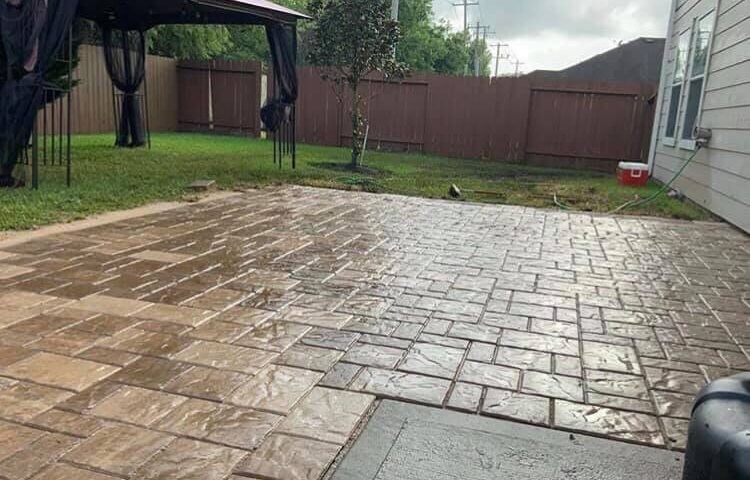Power Wheels are an exciting way for children to explore their world, offering them the thrill of driving scaled-down vehicles. However, as with any toy, safety is a paramount concern. Ensuring your child enjoys a smooth and secure ride requires attention to a few essential safety tips. This article outlines key practices to help parents and guardians maximize the safety and enjoyment of Power Wheels.
1. Choose the Right Power Wheels for Your Child’s Age and Size
Power Wheels come in a variety of models designed for different age groups and sizes. Choosing an appropriate model is crucial for both safety and enjoyment. Consider the following factors:
- Age Recommendations: Always adhere to the manufacturer’s age guidelines. Power Wheels designed for toddlers will differ significantly from those intended for older children.
- Weight Limits: Check the maximum weight capacity to ensure your child’s safety and prevent mechanical issues.
- Skill Level: Some models come with advanced features such as higher speeds or multiple controls. Start with simpler models for younger or less experienced children.
2. Read and Follow the Manufacturer’s Instructions
Before assembling or operating a Power Wheels vehicle, carefully read the manufacturer’s instructions. These guidelines include critical information about:
- Assembly procedures
- Maintenance schedules
- Recommended operating conditions
- Safety warnings
Following these instructions will help you assemble the vehicle correctly and ensure it operates safely.
3. Inspect the Power Wheels Regularly
Routine inspections can prevent potential accidents. Before each use, check for:
- Loose or Missing Parts: Tighten any screws, bolts, or nuts that may have come loose.
- Battery Condition: Ensure the battery is securely attached, fully charged, and free of leaks or damage.
- Tires: Inspect the wheels for wear and tear to maintain proper traction.
Regular maintenance keeps the vehicle in good working condition and minimizes the risk of malfunctions.
4. Use Protective Gear
Encourage your child to wear protective gear to reduce the risk of injury in case of an accident. Essential safety gear includes:
- Helmet: A properly fitted helmet protects the head from impact.
- Knee and Elbow Pads: These protect against scrapes and bruises.
- Closed-Toe Shoes: Avoid sandals or bare feet to prevent foot injuries.
Making protective gear a habit not only ensures safety but also instills a sense of responsibility in your child.
5. Supervise Your Child at All Times
Supervision is crucial when your child is operating a Power Wheels vehicle. An adult should always:
- Monitor the child’s surroundings
- Ensure the child stays within a safe, designated area
- Be ready to intervene if necessary
Supervision reduces the likelihood of accidents and allows you to guide your child’s driving behavior.
6. Create a Safe Driving Environment
The environment in which your child drives their Power Wheels plays a significant role in ensuring safety. Follow these tips:
- Choose Level Surfaces: Avoid steep slopes, rocky terrains, or areas with loose gravel.
- Clear the Area: Remove any obstacles, such as toys, garden tools, or furniture, that could cause accidents.
- Avoid Roads and Driveways: Always keep Power Wheels away from traffic or areas where real vehicles operate.
Designing a safe space for your child to play minimizes risks and enhances their experience.
7. Set Speed Limits
Many PowerWheel models come with adjustable speed settings. Start with the lowest speed and gradually increase it as your child becomes more skilled and confident. Some vehicles also feature parental controls, allowing you to limit the maximum speed for added safety.
8. Teach Safe Driving Habits
Use Power Wheels as an opportunity to teach your child basic driving rules. Emphasize:
- Staying Seated: Always remain seated while the vehicle is in motion.
- Avoiding Sharp Turns: Sudden turns can cause the vehicle to tip over.
- Being Aware of Surroundings: Teach your child to look out for obstacles and other people.
Instilling these habits early fosters safe and responsible driving behavior.
9. Check the Battery and Charging Station
The battery is a critical component of Power Wheels, and proper care is essential to avoid hazards. Here’s what you should do:
- Use the Recommended Charger: Only use the charger provided by the manufacturer to prevent overcharging or damage.
- Charge in a Safe Location: Choose a well-ventilated area away from flammable materials.
- Monitor Charging: Avoid leaving the battery to charge overnight or unattended.
Following these practices ensures the battery remains safe and functional.
10. Prepare for Emergencies
Even with all precautions, accidents can happen. Be prepared by:
- Keeping a First Aid Kit Nearby: Stock it with bandages, antiseptics, and other essentials.
- Knowing Emergency Contacts: Have local emergency numbers readily available.
- Teaching Your Child What to Do: Educate them on how to ask for help if something goes wrong.
Being prepared minimizes the impact of any potential accidents.
11. Educate Your Child About the Vehicle’s Limits
Children may sometimes push their toys beyond their intended use. Teach your child:
- Not to overload the vehicle with extra passengers or cargo
- To avoid driving through water, mud, or other challenging conditions
- To stop driving immediately if something feels wrong
Understanding the vehicle’s limitations prevents unnecessary strain and potential damage.
12. Upgrade or Replace Parts Responsibly
As your child grows, you may need to upgrade or replace parts to accommodate their needs. Always use manufacturer-approved components to ensure compatibility and safety. Avoid aftermarket parts that could compromise the vehicle’s performance or durability.
Conclusion
Power Wheels offer children a delightful combination of fun and learning. By following these safety tips, you can provide your child with a safe and enjoyable driving experience. From choosing the right model to teaching safe habits, every step contributes to a secure and smooth ride. Remember, safety is a shared responsibility—ensuring your child’s well-being while they explore their mini adventures is the ultimate goal.




